Xiaomi Auto is exposed to trial production, and wants to be an industry showstopper to beat down the price?
For many rice noodles waiting for Xiaomi Automobile, it has been good news recently. Earlier, Reuters reported that the National Development and Reform Commission had approved the production application of Xiaomi Automobile, and only needed to get the relevant approval from the Ministry of Industry and Information Technology to complete the procedures before listing. At present, Xiaomi’s road to building a car seems to be quite smooth, and the plan to go public next year should still be in time, so rice noodles just need to get the money ready.
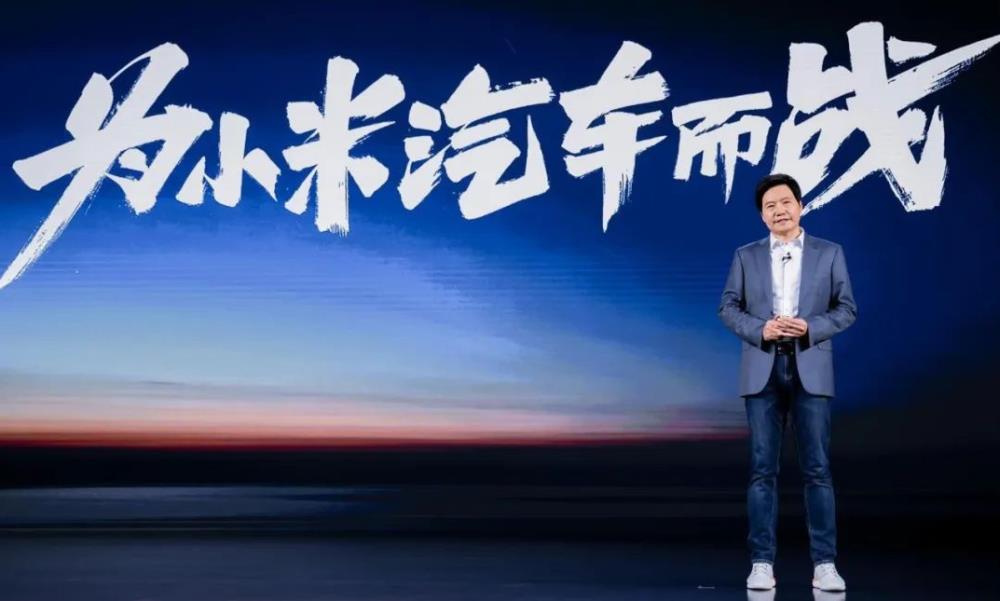
Moreover, there is another news that Xiaomi automobile has entered the stage of small-scale trial production, and about 50 prototype cars can be produced every week, which shows that Xiaomi automobile has the prerequisite for mass production. In addition, Lei Jun personally went to Xinjiang and other places to conduct road tests with the automobile team, which made consumers look forward to the listing of Xiaomi Automobile, and also expected what new changes the listing of Xiaomi Automobile would bring to the future automobile industry.
It’s not enough that the product is good. Xiaomi should come up with something of his own.
We have reported on the appearance and configuration of Xiaomi’s car before, so I won’t repeat it here. Generally speaking, Xiaomi’s first car is positioned as a medium-sized and large-sized coupe with a very fashionable slip-back design, which is the same as Tucki P7, Weilai ET5 and Tesla model3, and it is also a direct competitor. There is also a laser radar on the roof. In the future, there should be a higher level of intelligent assisted driving ability, and the degree of intelligence is still relatively high.
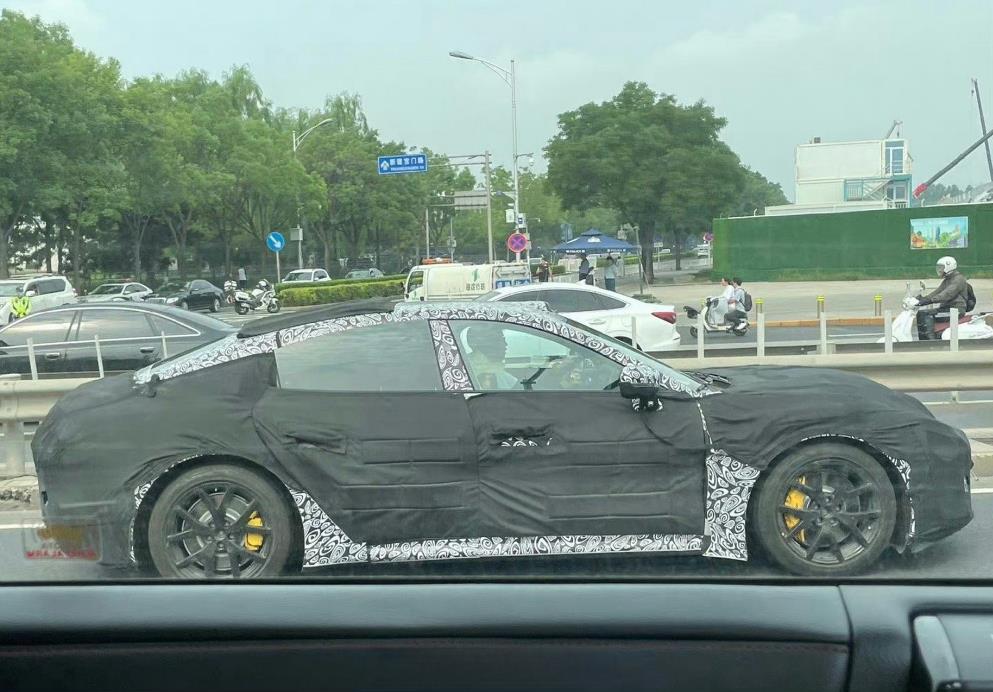
Interestingly, the relevant investment partner broke the news that a tram with a battery life of 152 kilometers was pulling three strong men to run 85 kilometers at an ambient temperature of 37 degrees, and the battery life of the car was still 90 kilometers. Since this news was released in Xinjiang, many people speculated that it was Xiaomi Automobile that broke the news. However, if this news is true, the energy consumption of Xiaomi Automobile is only 8.8 kWh in about 100 kilometers under high temperature conditions.
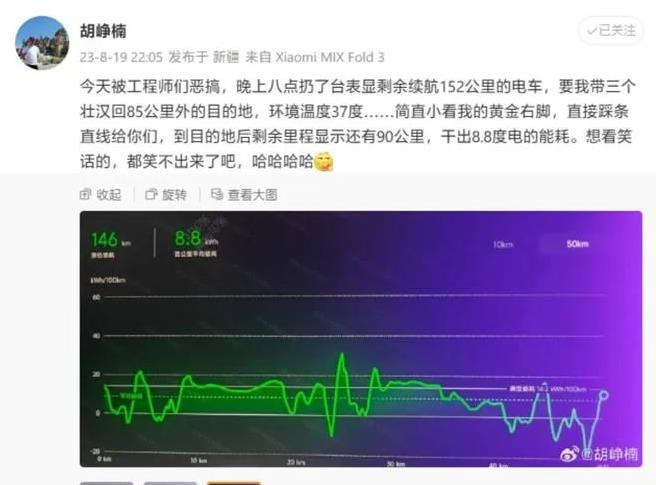
This achievement can be said to be quite good. As a leading BYD seal in the industry, the energy consumption per 100 kilometers is about 13 kWh. Xiaomi car may bring us more surprises in battery life. Of course, the actual situation will not be known until it is listed.
However, this highlight alone is not enough. After all, judging from the extent of the current auto market, it is no worse than the mobile phone market. There is no real thing with hard power. I am afraid that Xiaomi will not sell well, and even whether it can survive is a problem. So, from Xiaomi’s point of view, what advantages does Xiaomi Automobile have? Many people still think of Xiaomi’s "traditional power", which is cost-effective.
Can Xiaomi’s "old road" still work?
At that time, as the "showstopper" of smart phones, Xiaomi was good at coordinating the supply chain and making products with quite good cost performance. At the same time, Xiaomi also brought this model to the fields of home appliances and AIoT. So everyone is looking forward to whether Xiaomi can let consumers buy cars with better products in all aspects at a lower price this time.
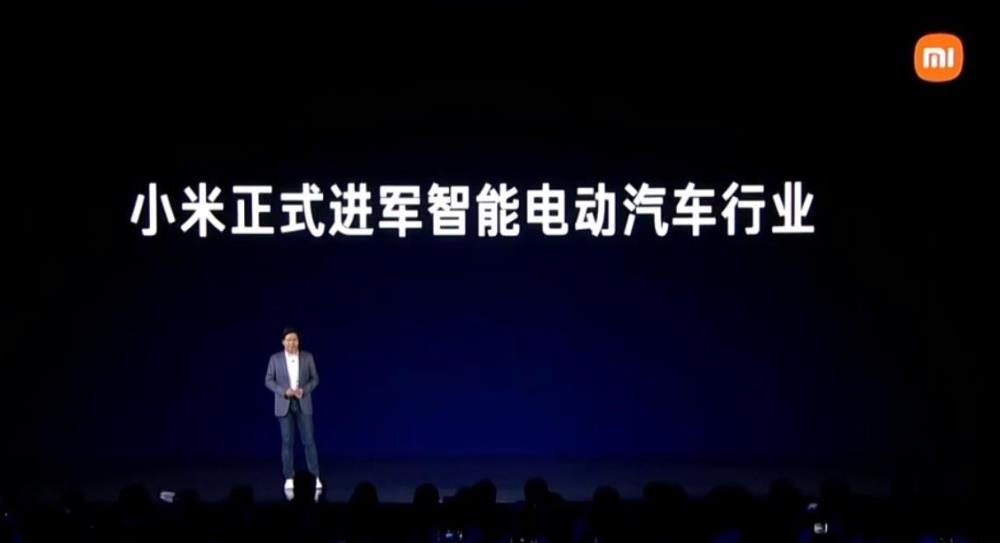
Some media broke the news that Lei Jun had persuaded the board of directors that the hardware profit rate of Xiaomi Automobile should not exceed 1%, and later relied on software and ecosystem to make money. In other words, Xiaomi moved the profit model of mobile phones to the automobile industry. However, this is really not the first time. At the beginning, it was Tesla who used the follow-up subscription service to unlock functions such as FSD. This move was later learned by traditional car brands such as Mercedes-Benz and BMW.
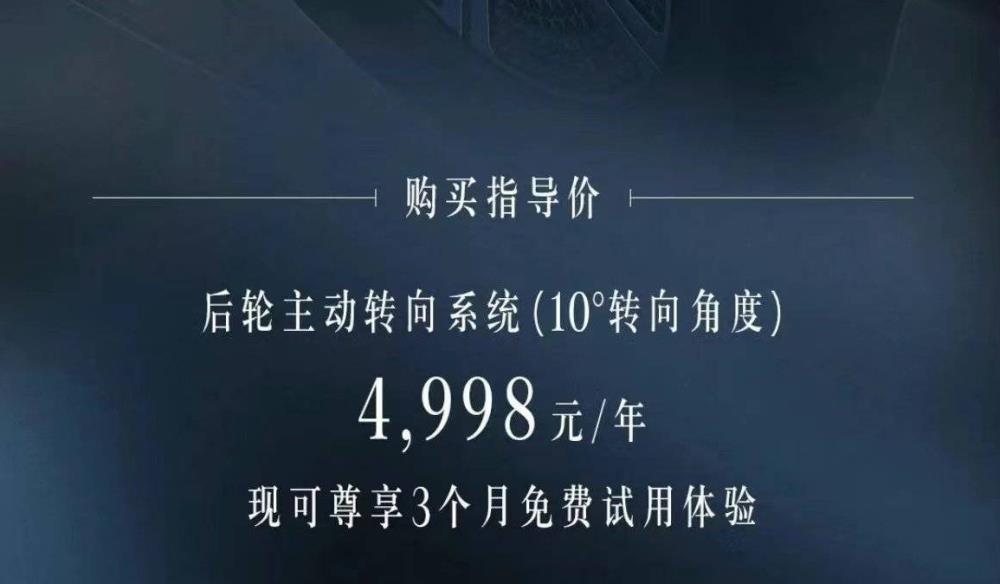
However, this model is actually a bit difficult for consumers to accept, because our traditional automobile consumers still focus on one-time consumption. Apart from maintenance and maintenance, it will basically not make automobile brands earn more money. Tesla was ridiculed as a "rough house" because he took the subscription system. If Xiaomi really intends to take this road, how to make consumers accept this consumption model is the most crucial thing.
Only once this model doesn’t work, Xiaomi will still have to take the road of price war, but as a newcomer with almost no brand premium, it is still very difficult for Xiaomi to fight price war. After all, high cost performance is already the strength of mainstream car companies, especially this year, many car companies have announced that they will cut prices to grab the market, which is very unfriendly for a new brand.
Previously, Wang Chuanfu of BYD also publicly stated that BYD has the right to price products within the price range of 100,000 to 200,000 in the China automobile market, just hoping that the market will be stable, so as not to make everyone feel uncomfortable and others have no way out. The subtext here is that BYD has actually been merciful and didn’t want to roll friends to the death. If it really wants to fight price wars, it also has the ability to play.
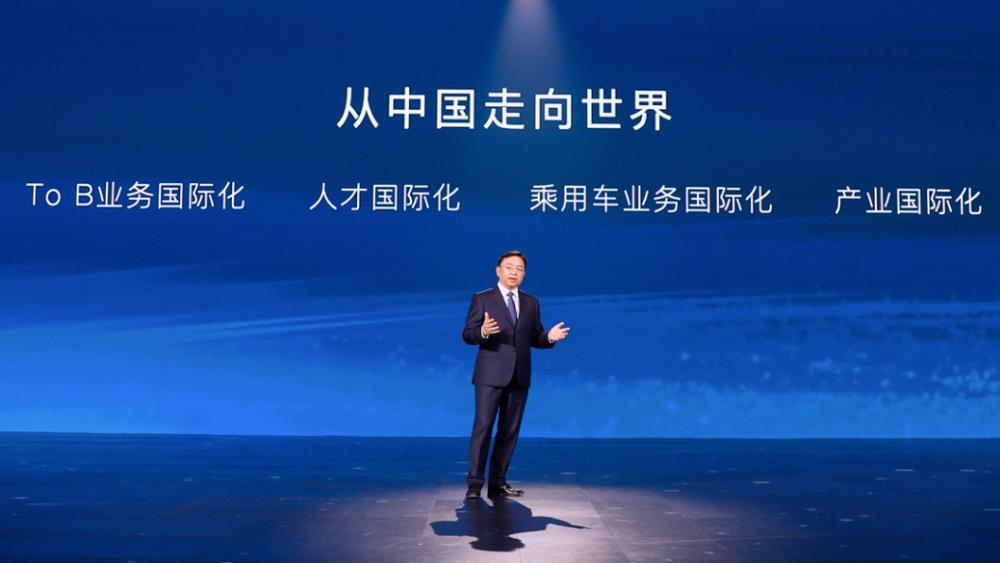
As the leader of domestic independent brands, BYD is indeed qualified to say this, which is also the advantage of traditional automobile manufacturers. Therefore, it is difficult for Xiaomi to take advantage of the price of the whole vehicle. If Xiaomi wants to survive in this cruel automobile market, it still needs a little special means.
Of course, in any case, as a "catfish", consumers also hope to see that Xiaomi, the "showstopper", can bring something new to the automobile market. After all, consumers, whether BYD, Xiaomi or Tesla, benefit from the involution between car companies. As consumers, they just want to say one thing and can roll it up a little more.